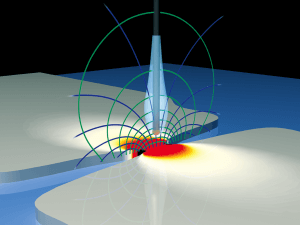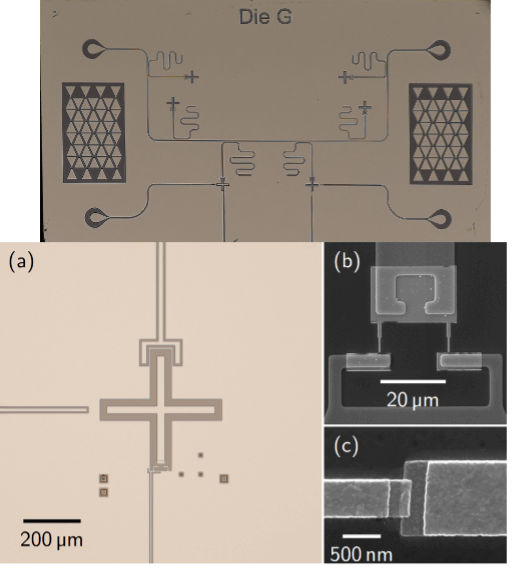Summary
Through its phenomenal ability to image soft tissues, magnetic resonance imaging (MRI) has revolutionized both clinical medicine and research biomedicine. Nowadays, MRI scanners used clinically have spatial resolutions in the range of 0.5 mm. This enables identification and monitoring of disease processes throughout the body and visualization of minute brain structures. Magnetic resonance microscopy (MRM) brings the resolution down to the micron scale, so that cells and parts of cells can be seen. Using ultrasensitive silicon nano-wired mechanical resonators, we are working to distinguish small ensembles of nuclear and electron spins. In doing so, we are striving to bring MR down to the nanometer scale, allowing imaging of single viral particles. Subsequently, extending the approach to the Angstrom scale, our goal is to demonstrate MR imaging of individual protein molecules.

Related Content

Quantum Sensing with Small Quantum Systems
Summary There are small quantum systems over which we have very good control and which have long lifetimes. Examples include the phosphorous (P) defect in silicon (Si) and the nitrogen vacancy (NV) defect in diamond. With P defect in Si, we focus on improving our understanding of the hyperpolarization mechanism to better enable engineering of […]
December 1, 2016

Magnetoelectric Coupling in New Composite Multiferroic Nanostructures as High-Density Quantum Multistate Memory Elements
Summary Magnetoelectric multiferroics are materials that exhibit correlated ferroelectric and ferromagnetic properties (i.e., a magnetoelectric effect). The resulting ability of these materials to simultaneously store data in electric polarization and magnetic moment could increase data storage density and data processing speed while reducing energy consumption. This project aims to design and fabricate new composite multiferroic […]
February 1, 2023

Building Blocks for Quantum Neuromorphic Computing: Superconducting Quantum Memcapacitors
Quantum neuromorphic computing (QNC) is a novel method that combines quantum computing with brain-inspired neuromorphic computing. Neuromorphic computing performs computations using a complex ensemble of artificial neurons and synapses (i.e., electrical circuits) to emulate the human brain. QNC may lead to a quantum advantage by realizing these components with quantum memory elements, or memelements, which […]
June 12, 2023


